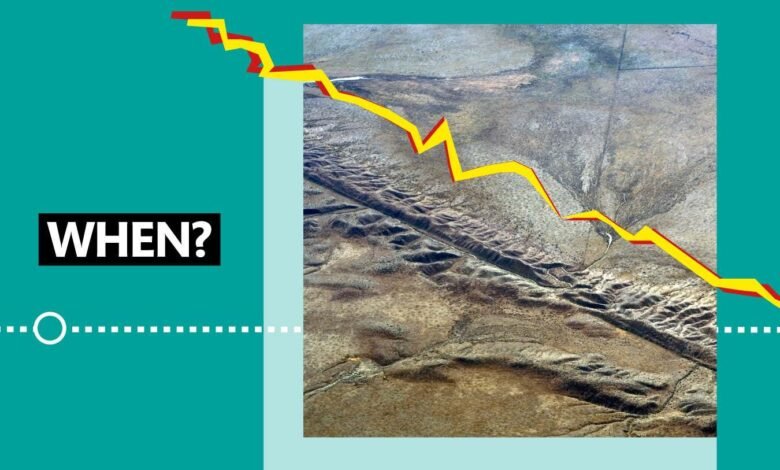We are finally getting to grips with how plate tectonics started


On Earth, the land moves. Over millions of years, continents shift and the entire surface of the planet reshapes itself. The driver of all this is plate tectonics: Earth’s surface is divided into several dozen plates, which move horizontally. Figuring out how this got started, however, has proved surprisingly challenging. Research has come up with dates ranging from 800 million years ago to 4 billion years ago, not long after the planet formed. Now, the reason for this huge discrepancy is finally becoming apparent.
Today, plate tectonics is a global process. Everywhere, plates are imperceptibly moving. At mid-ocean ridges, hot magma oozes up from inside Earth, forming new crust and pushing the plates apart. Where two collide, one is forced under the other, destroying it, in a process called subduction.
Things were very different when Earth was new – notably, it was much hotter, which meant the rocks of the crust were softer. But what that crust was doing is unclear. Some researchers argue there was a stagnant lid: the crust barely moved, leaving the same rocks at the surface for hundreds of millions of years. Others think plates moved vertically rather than horizontally, as denser rocks sank and less dense ones rose. Somehow, the crust divided into plates and they started moving horizontally. But when?
A decade ago, many researchers argued that plate tectonics began between 3 billion and 3.2 billion years ago, says Nadja Drabon at Harvard University. Several lines of evidence pointed to big changes at that time, including the first evidence of minerals that only form…
Source link




